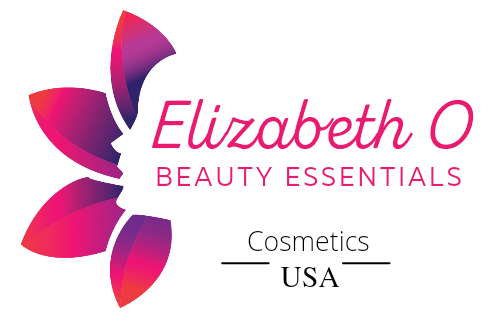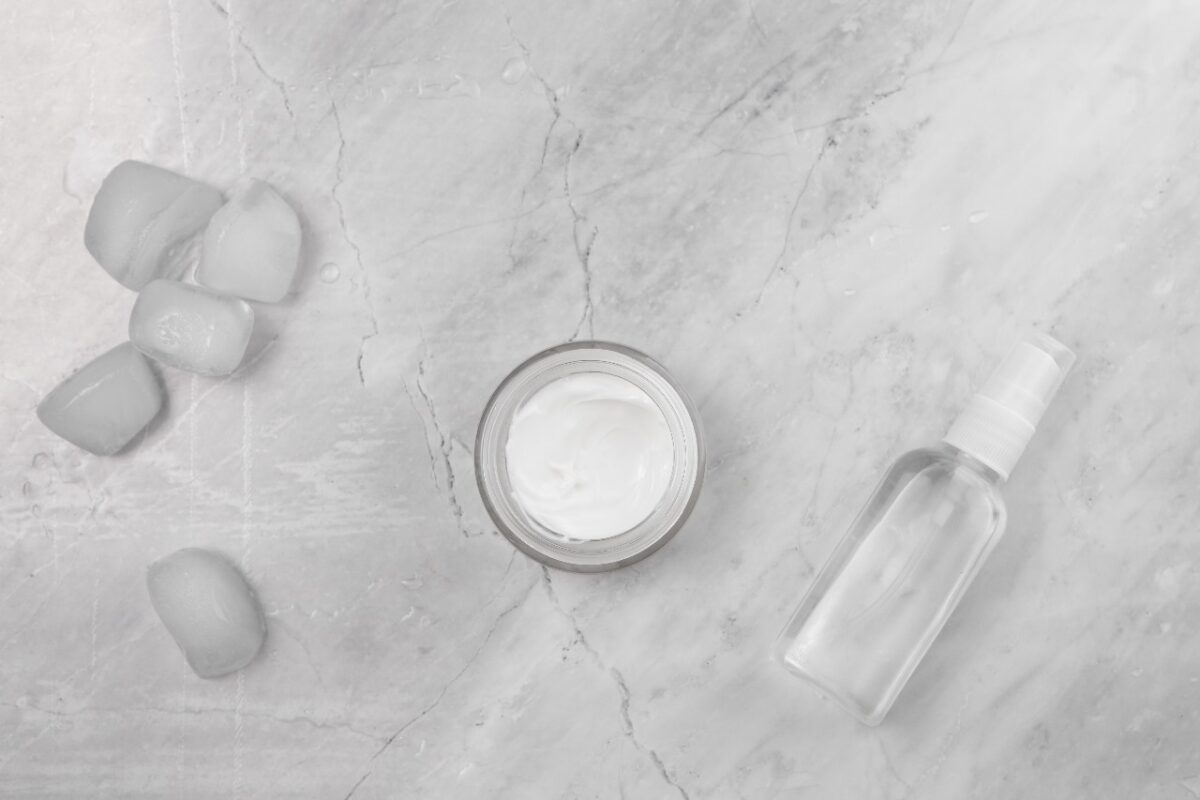Blog
Serum vs Cream: Choosing the Best Option!
Given the various options, choosing between a serum and a cream can be complex, as each claims to promote bright and youthful skin.
The “serum vs cream” discussion is expected. Serums are lightweight and contain potent ingredients that deeply penetrate the skin, targeting specific concerns such as wrinkles or dark spots.
On the other hand, creams are thicker and are effective at sealing in moisture and safeguarding the skin’s barrier. So, which one is right for your routine?
Understanding the benefits of each will help you in determining the most suitable option for individual skincare needs.
What are Face Serums, and Their Benefits?
Facial serums are concentrated, lightweight solutions containing active ingredients like vitamin C or hyaluronic acid.
They address specific skin issues. Unlike creams, serums have smaller molecules that deeply penetrate the skin to deliver powerful nutrients where they are most needed.
- Serums are usually design to tackle aging, dark spots, fine lines, and uneven skin tone.
- Their lightweight consistency makes them ideal for layering under other skincare products without feeling heavy or oily.
- Due to their high concentration of active ingredients, serums will provide quick and noticeable results.
- This is why they are favor in many skincare routines.
What are Face Creams, and What Do They Do?
On the other hand, face creams are denser and more moisturizing. They form a protective barrier that seals in moisture and shields the skin from environmental factors.
They serve various purposes, including hydration, skin brightening, sun protection, and anti-aging benefits.
- Creams are available in different formulations.
- They range from heavy and rich to light and gel-like.
- This variety suits various skin types and requirements.
- Creams are engineer to supply consistent moisture.
- They support the skin’s natural barrier.
- They strengthen the effectiveness of other skincare products by locking them in.
- Creams may also contain active ingredients.
- These active ingredients are less potent than those in serums.
- This results in a more gradual improvement in skin condition.
Face Serums vs Creams: What’s the Difference?
When comparing face serums and creams, it’s essential to understand their fundamental differences in formulation, purpose, and usage to determine which might be best for your skincare routine.
Additionally, considering your skin type and specific concerns will help you choose the right product between serum versus cream..
1) Texture Comparison
Serums: Serums are lightweight and often have a watery or gel-like consistency, allowing quick absorption without leaving a greasy residue.
Further, this makes them ideal for layering under other products and makeup.
Creams: Creams, however, have a thicker texture, providing a richer feel more suitable for locking in moisture and creating a protective barrier on the skin.
2) Purpose and Benefits
Serums: Serums deliver a high concentration of active ingredients to the skin’s deeper layers. They are formulat to target specific concerns such as wrinkles, hyperpigmentation, and dullness.
Creams: Creams focus on providing hydration and forming a protective layer to prevent moisture loss.
While they will also contain active ingredients, their primary role is to support and enhance the skin’s barrier function.
3) Recommended Frequency of Use
Serums: Serums are typically used once or twice a day, depending on the formulation and the skin concern being addressed.
They can apply after cleansing and before moisturizing.
Creams: Creams are generally used as the final step in a skincare routine to seal in all the previous layers of the product and to provide lasting hydration.
They can be used both morning and night, but heavier creams are often reserved for nighttime use.
4) Cost Analysis
Serums: Serums are more expensive than creams due to their higher concentration of active ingredients and advanced formulations.
While the upfront cost might be higher, the potent results often justify the investment.
Creams: Because creams are less concentrated, they are usually more affordable and provide longer-lasting hydration, making them a cost-effective option for maintaining skin health.
Congratulations on selecting your preferred skincare product!
However, the next question is: how to apply it? Fortunately, we’ve got you cover.
If you’ve selected serums, our comprehensive guide on applying face serums is here to help.
And if you’ve chosen cream, our in-depth guide on face cream application will ensure you get the most out of your skincare routine
When to Start Using Serums?
The time to start using serums will vary based on individual skin concerns and goals.
In general, it’s recommend that you start incorporating a serum into your routine in your mid-to-late 20s, as this is when signs of aging and environmental damage start to become more noticeable.
However, introducing earlier serums will benefit individuals with skin concerns such as acne, hyperpigmentation, or dryness.
It’s essential to select a serum tailored to your skin’s specific needs and start slowly, allowing your skin to adjust to the potent ingredients.
When to Use Creams?
Face creams are a necessary part of any skincare routine and will be beneficial at any age.
They are crucial in maintaining skin hydration and protecting the skin barrier. Establishing an excellent moisturizing routine early on will help prevent dryness, premature aging, and other skin issues.
Face creams are particularly advantageous in the morning for shielding the skin from environmental factors and at night to assist in skin repair and regeneration.
Adapting the type of cream based on the season and your skin’s changing needs is also vital for optimal skin health.
Final Takeaway:
In conclusion, understanding the difference between serum and cream will add a touch of luxury to your skincare regimen.
Serums provide targeted treatment with high concentrations of active ingredients, making them powerful allies against specific skin concerns.
On the other hand, creams offer essential hydration and protection, ensuring that your skin remains healthy and resilient and making you feel pampered and cared for.
Frequently Asked Questions:
Can you use a face serum and face cream together?
Answer: Yes, combining serums and face creams can lead to optimal results. This combination is generally suitable for all skin types.
It will provide the best of both worlds regarding hydration and targeted treatment. If your skin is dehydrate, apply the serum first.
This allows for deep penetration. Follow with the cream to seal the serum’s benefits and offer additional hydration.
How to use a face serum?
Here is the perfect way to apply your favorite face serum.
Step 1: Take 3-4 drops of your beloved face serum and place them on your palms using the dropper.
Step 2: Gently spread the serum between your palms, ensuring not to rub it too much.
Step 3: Pamper your skin by dabbing the serum all over your face and neck, using delicate tapping motions. Your skin will thank you for this little self-care routine!
Which is better, an anti-aging cream or a serum?
Serums are better than creams because they contain more active ingredients, which provide more potent anti-aging effects.
Serums have a lighter consistency and are absorbed deeper and quicker into the skin.
They target specific areas of the skin, such as around the eyes or mouth, where wrinkles are more noticeable.
Should I use face serum morning or night?
Serums will be incorporated into both your morning and evening routines.
However, applying this product during the evening regimen is advisable for those with oily skin.
Moreover, this is contingent on the serum’s formulation. Some serums are created for morning application.
They shield against environmental damage. Others are best applied at night. They aid in skin repair.
Which one is better, a cream or a serum for sensitive skin?
Serums are the better choice for sensitive skin because they are formulated to address specific skin care concerns.
They are a highly influential component of sensitive skin care, targeting dryness or irritation in particular areas.
For sensitive skin, it is crucial to select serums free of fragrance and formulated with soothing ingredients like aloe vera, chamomile, or green tea extract.



Pingback: Retinol Serum vs Cream: Which is Right for You?
Pingback: Vitamin C Serum vs Cream: Which Offers Better Results?